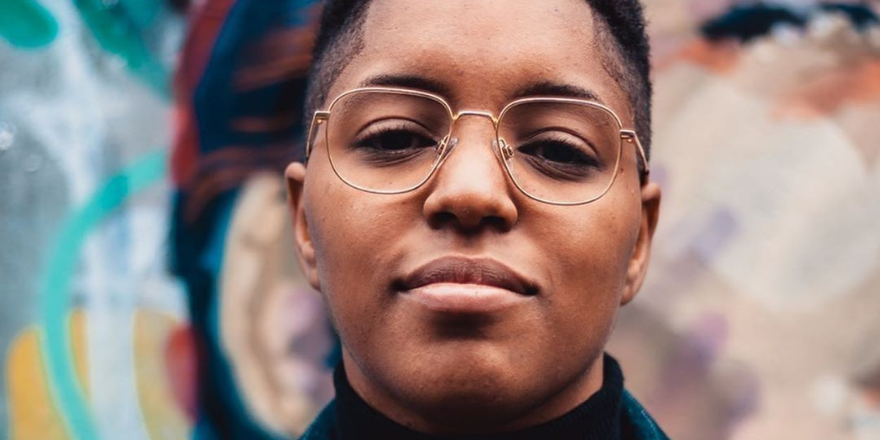I’m usually not one to follow the latest music videos, but Lil Nas X has changed that.
There’s so much to dissect in videos for songs like Montero and Industry Baby – namely that he’s an openly gay young male showing his femininity and being dark skinned all at once. And yes, the tone of his skin matters.
The Black community has a different relationship with sexuality and its politics, which has been heavily influenced by the European colonial history. This includes having to deal with sexual violence and being forced into the binary thinking, and behaviour, that characterise white supremacy. In the article ‘Anthropologists Hid African Same-Sex Relationships’, Livia Gershon states the following about how Europeans viewed Black male love:
Way back in the sixteenth century, Epprecht writes, Europeans did report sexual relationships between African men—generally in horrified terms […] an English traveler wrote that the Imbangala of Angola were “beastly in their living, for they have men in women’s apparel, whom they keepe among their wives.”
Using words like ‘beastly’ to not only describe African men – but also African love – gives a clear insight into European patriarchal ideals. Within that structure, if you are born with certain genitals, you are assigned one of two genders and have a duty to perform your given role within society.
Along with men being the ‘head of the household’, their assumed testosterone allegedly makes them unable to ‘help’ their heightened anger and violence – it is inbuilt. Women have a ‘lack’ of testosterone and must control their own behaviour to ensure they don’t cause men to act violently. When it comes to race, African and masculine people are characterised as having higher testosterone – and therefore being even more prone to anger and violence.
So, when Lil Nas X showed his femininity and gayness in all this dark-skinned majestic Blackness, with no shame, he was met with inevitable pushback. It meant that he was demeaning what cis heterosexual Black men and women worked so hard for: a nuclear, cis, straight family, fully Black and fully proud. But did they not see this idealised concept originates from patriarchal, European politics?
The debate around Lil Nas X made me think a lot about my journey with my masculinity in this Black female body.
The debate around Lil Nas X made me think a lot about my journey with my masculinity in this Black female body. When I told men both Black, white and all between that I was gay, the only ones who saw it as a threat were white. The others praised me – I was ‘one of them’ because they thought I had left my femininity behind.
‘We need to go out and get [women] together.’
'You can be my wing woman, because I don’t know how to talk to ‘these females’, I was told.
I know that other masculine of Centre people have had vastly different experiences to mine after coming out – around the world, hate crime has been rampant these last years. But in my case, I was left with the question: why were non-white men happy for me after assuming I had lost my femininity? And why did white men start to see me as a threat? Is it because within the non-white world, femininity is seen as a disgrace? And within the white world, besides my race, my female body had to perform my gender, if not, it was seen as dangerous?
I truly believe that once Black Lives Matter includes Queer and Trans lives, it will give more space to heal from the White cis-hetero sexual patriarchy. Besides this, safety can truly emerge and exist outside of the system which is currently focused on the mind instead of the body. In the process of decolonizing the body and mind, people forget that sex and gender are at the center of this. You cannot decolonize the mind, but still believe in two genders or decolonize sex and assuming that sex is binary, not bimodal which excludes many people who are intersex.
Our predecessors laid the foundation of what it means to feel at home in our Black bodies – but this was often in answer to, and through the gaze of, whiteness.
Our predecessors laid the foundation of what it means to feel at home in our Black bodies – but this was often in answer to, and through the gaze of, whiteness. While I believe that true healing was always the end goal for some Black people, the systematic oppression and continuing murders of Black people meant that all too often we have had to focus on just one thing: survival. But the fact that some Black queer and trans people managed to live and thrive is the reason Lil Nas X can do what he does so beautifully today. He shows us just how powerful it can be when we cast aside the gender roles society has tried so hard to place upon us.
I believe that this generation is ready to show the diversity of Blackness outside of the white gaze and more through its true African ancestry. Where there’s reemerging understanding that we move with the world, instead of centering it around us and understand that to live freely is to express yourself freely, without shame and guilt. That just like emotions, gender comes and goes – and the only way to understand it is to observe it, live it, experience it, freely.
References
Boihood, B. (2016). Outside the XY: Queer Black and Brown Masculinity . Riverdale Avenue Books.
Gershon, L. (2019, July 5). Anthropologists Hid African Same-Sex Relationships. Retrieved from Jstor Daily: https://daily.jstor.org/anthropologists-hid-african-same-sex-relationships/
James, A. E. (2011). Queer Like Me: Black Girlhood Sexuality on the Playground, Under the Covers, and the Halls of Academia. Journal of Lesbian Studies.


 Send
Send Share
Share Email
Email
